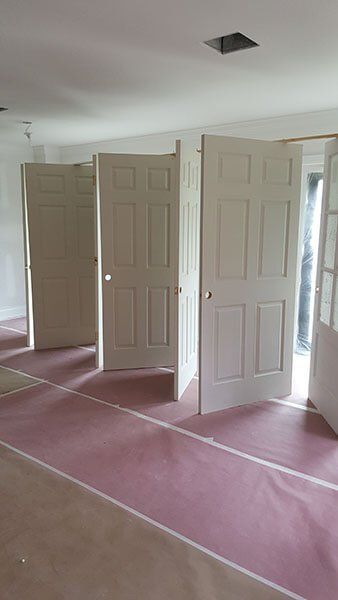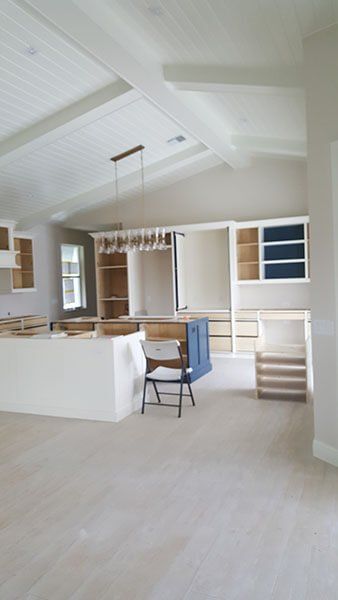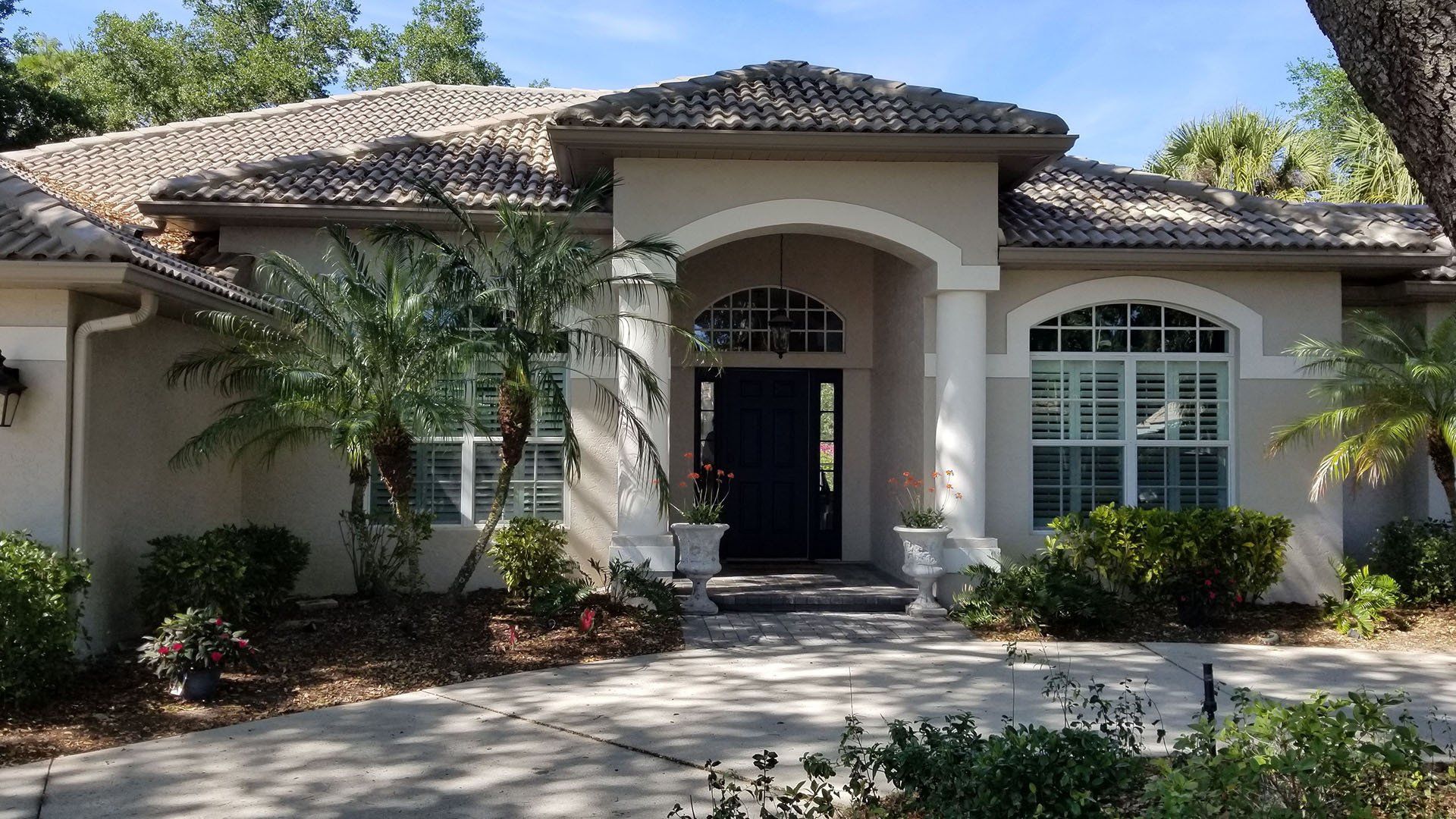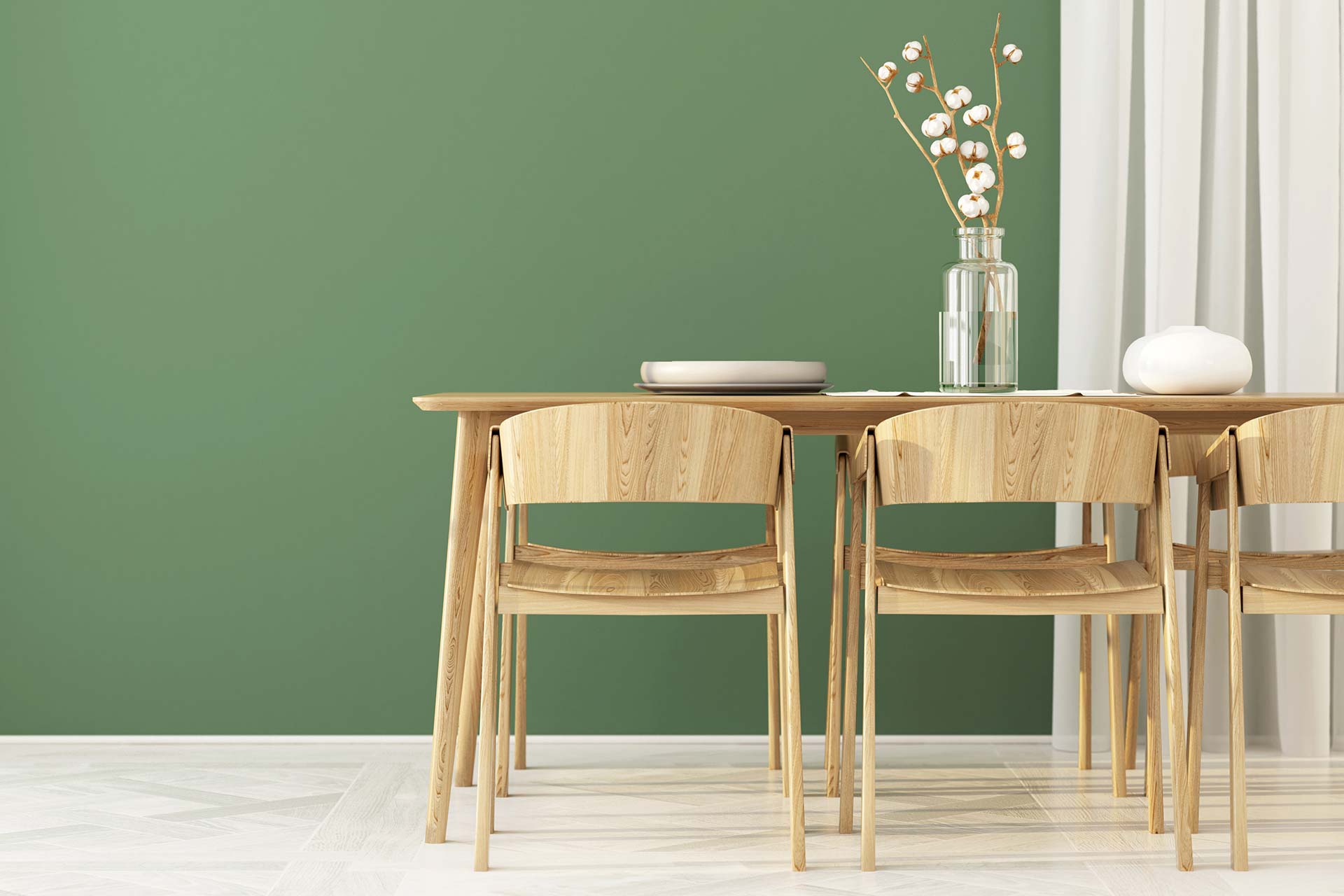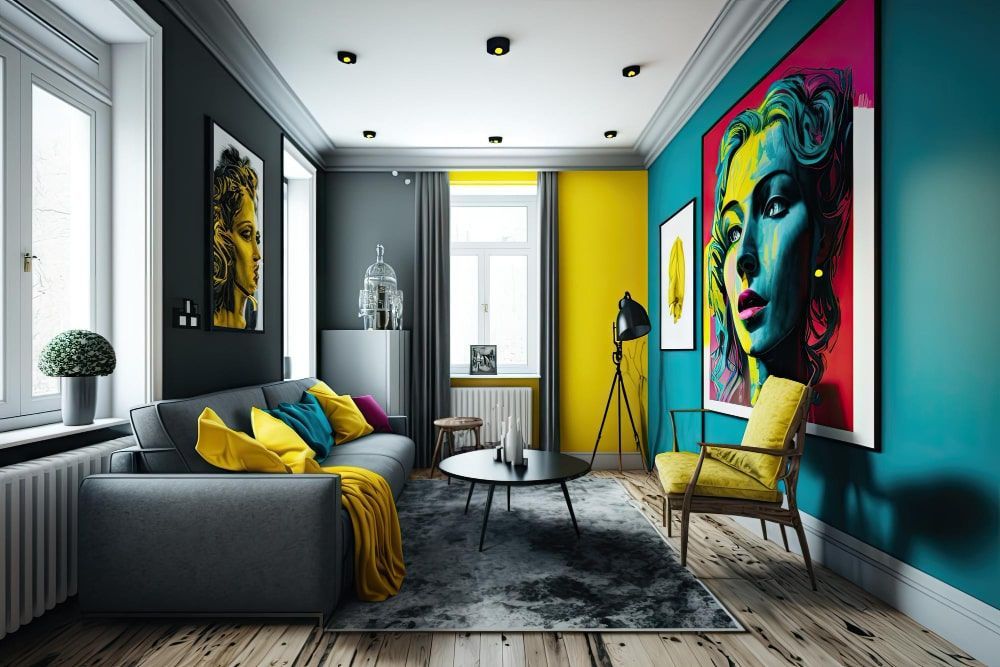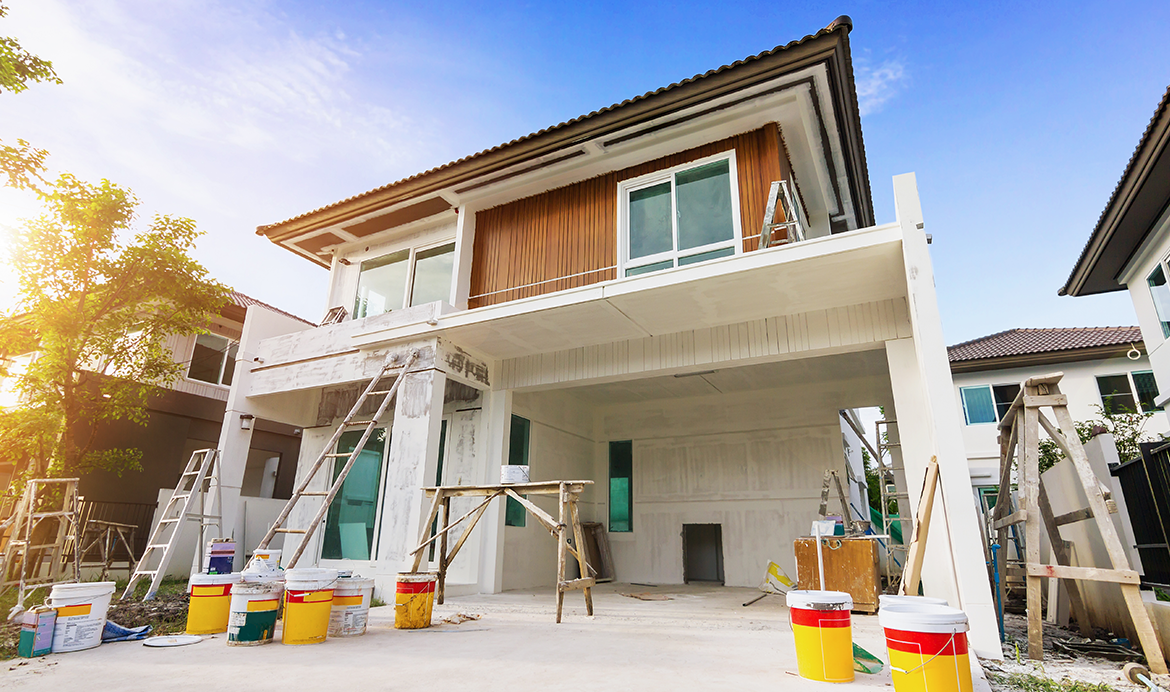Exterior Brick Painting: Solution for Beautiful and Durable Homes
When it comes to home exteriors, few things can rival the timeless beauty and classic appeal of brick. However, even the most well-built brick homes can begin to show their age after years of exposure to the elements. That's where exterior brick painting comes in. Not only can painting your brick exterior give it a fresh, updated look, but it can also help protect it against damage from moisture and other weather-related factors.
In this article, we'll take a closer look at exterior brick painting, including the benefits of painting your brick, the process involved, and some popular exterior brick paint color ideas to help you get inspired.
The Benefits of Painting Your Exterior Brick
Enhanced curb appeal:
One of the primary benefits of painting your exterior brick is the instant boost it can give to your home's curb appeal. A fresh coat of paint can modernize the look of your home and create a cohesive, pulled-together appearance.
Protection against the elements:
Over time, exposure to the elements can cause brick to become discolored, stained, or damaged. Painting your brick exterior can help protect it from moisture, wind, and other weather-related factors, which can extend its lifespan and help it retain its beauty for years to come.
Increased home value:
If you're looking to sell your home,
painting your exterior brick can be a smart investment. A freshly painted brick exterior can increase the perceived value of your home and make it more attractive to potential buyers.
The Process of Exterior Brick Painting
Before beginning the exterior brick painting process, it's important to properly prepare the surface. This involves cleaning the brick thoroughly to remove any dirt, debris, or loose mortar. Next, any cracks or gaps in the mortar should be filled and smoothed out.
Once the surface is properly prepared, it's time to choose the right type of paint. It's important to choose a paint that is specifically designed for use on masonry surfaces and that can withstand exposure to the elements. Acrylic latex paints are a popular choice for exterior brick painting, as they are durable and provide good coverage.
After selecting the paint, it's time to apply it to the brick surface. This can be done using a brush, roller, or sprayer, depending on the size of the surface and your personal preference. It's important to work in small sections, taking care to blend each section together for a smooth, even finish.
Popular Exterior Brick Paint Color Ideas
When it comes to selecting a paint color for your exterior brick, there are a variety of options to choose from. Here are some popular exterior brick paint color ideas to help you get inspired:
Classic white:
A white painted brick exterior is a classic choice that never goes out of style. It's crisp, clean, and pairs well with a variety of other colors.
Soft gray:
A soft gray painted brick exterior is a subtle and sophisticated choice that can create a modern, streamlined look.
Bold black:
For a dramatic, high-contrast look, consider painting your brick exterior black. This can create a bold, modern look that's sure to turn heads.
Warm beige:
A warm beige painted brick exterior can create a cozy, welcoming feel that's perfect for homes in a variety of styles.
Rustic red:
A rustic red painted brick exterior can add warmth and character to your home's exterior, creating a charming, old-world feel.
Exterior brick painting can be a great way to enhance the beauty and durability of your home's exterior. By choosing the right type of paint, properly preparing the surface, and working in small sections, you can create a smooth, even finish that will last for years to come.
How To Paint Exterior Brick?
Painting the exterior brick of a house can be a great way to update its appearance and improve curb appeal. However, it's not as simple as just slapping on a coat of paint. There are several important factors to consider when painting exterior brick, including preparation, priming, and choosing the right type of paint.
First, it's important to thoroughly clean the surface of the brick before beginning to paint. This can be done using a
pressure washer or a stiff-bristled brush and a solution of water and trisodium phosphate (TSP). This will remove any dirt, grime, or loose paint that could interfere with the adhesion of the new paint.
Next, it's important to repair any cracks or other damage in the brick. This can be done using a high-quality masonry caulk or a patching compound designed specifically for brick. This will help ensure that the paint goes on smoothly and evenly and that it will adhere properly.
Once the brick has been cleaned and repaired, it's important to prime it with a high-quality primer designed specifically for masonry surfaces. This will help the paint adhere better and provide a more even finish. It's important to choose a primer that is compatible with the type of paint you plan to use.
When it comes to
choosing the right type of paint for painting exterior brick, there are several factors to consider. First, it's important to choose a paint that is specifically designed for use on masonry surfaces. This will ensure that the paint is able to withstand the harsh elements and temperature fluctuations that are common in exterior environments.
Another important factor to consider is the sheen of the paint. Generally, flat or satin finishes are recommended for painting exterior brick, as they are more forgiving and will help to hide any imperfections in the surface. However, if you prefer a glossy finish, it's important to choose a high-quality paint that is specifically designed for use on masonry surfaces.
When it comes to actually applying the paint, it's important to use a high-quality brush or roller that is specifically designed for use on masonry surfaces. This will help ensure that the paint goes on smoothly and evenly and that it adheres properly to the surface. It's also important to apply the paint in thin, even coats, allowing each coat to dry completely before applying the next.
In addition to the actual painting process, there are several other important factors to consider when painting exterior brick. One of the most important is proper ventilation. It's important to ensure that the area where you will be painting is well-ventilated, as the fumes from the paint can be harmful if inhaled.
It's also important to choose a day when the weather is dry and mild, with low humidity and little to no wind.
Painting in high humidity or windy conditions can cause the paint to dry too quickly or not adhere properly to the surface.
Conclusion
Before beginning the exterior brick painting process, it's important to properly prepare the surface. This involves cleaning the brick thoroughly to remove any dirt, debris, or loose mortar. Next, any cracks or gaps in the mortar should be filled and smoothed out.
Once the surface is properly prepared, it's time to choose the right type of paint. It's important to choose a paint that is specifically designed for use on masonry surfaces and that can withstand exposure to the elements. Acrylic latex paints are a popular choice for exterior brick painting, as they are durable and provide good coverage.
After selecting the paint, it's time to apply it to the brick surface. This can be done using a brush, roller, or sprayer, depending on the size of the surface and your personal preference. It's important to work in small sections, taking care to blend each section together for a smooth, even finish.

